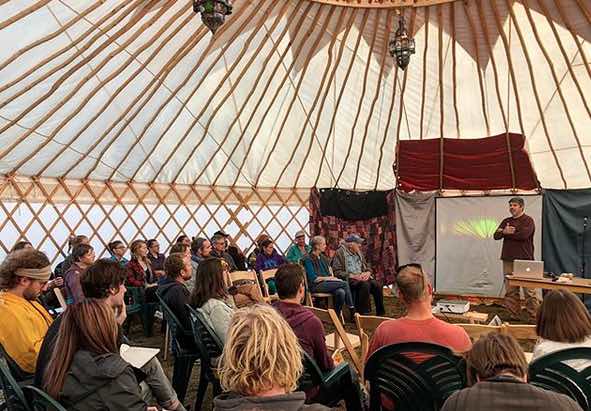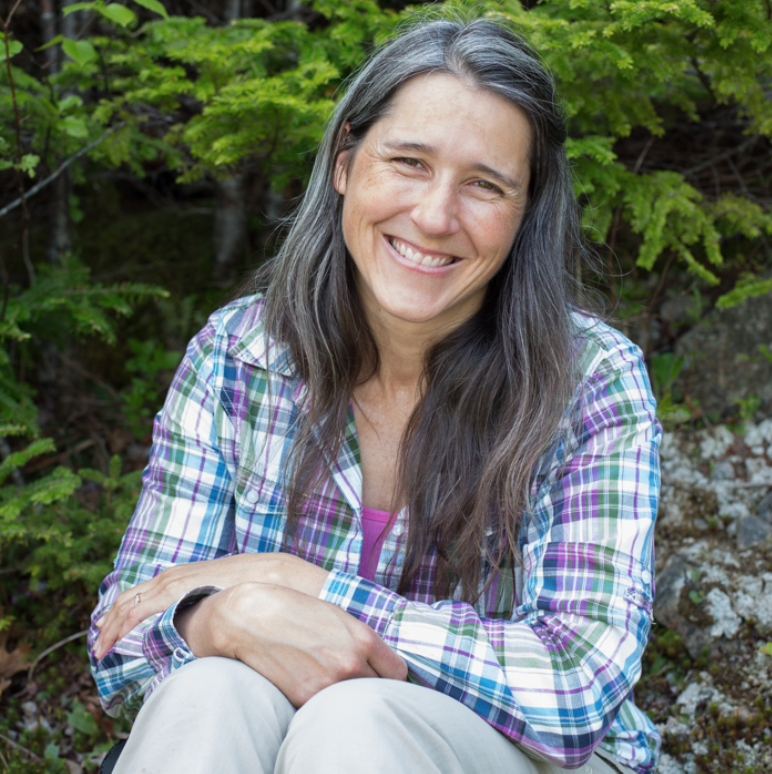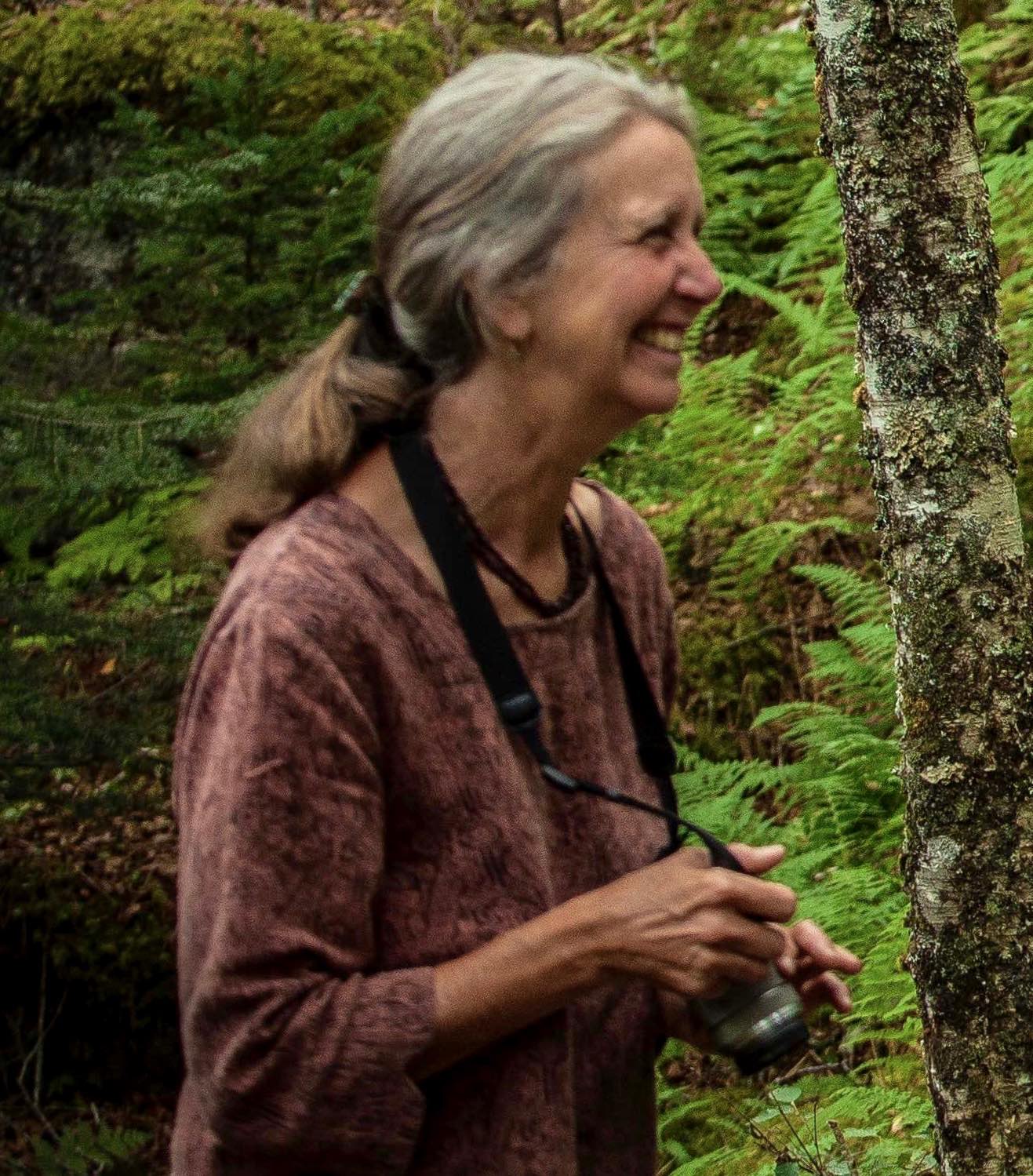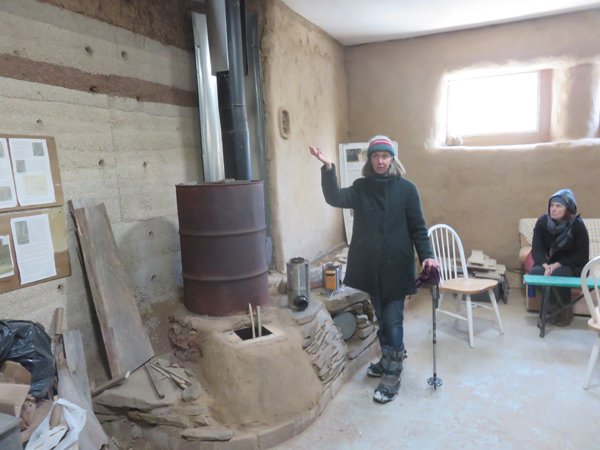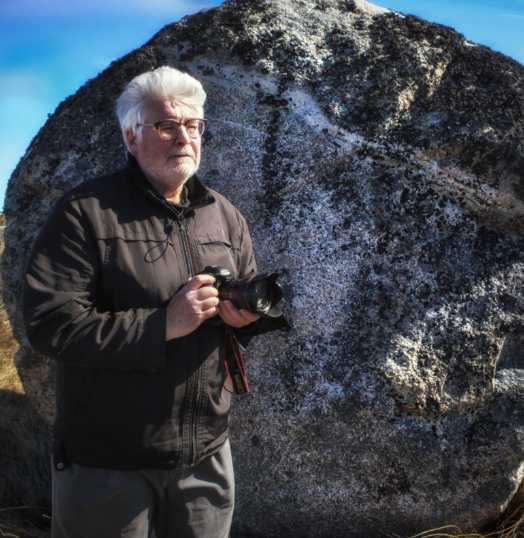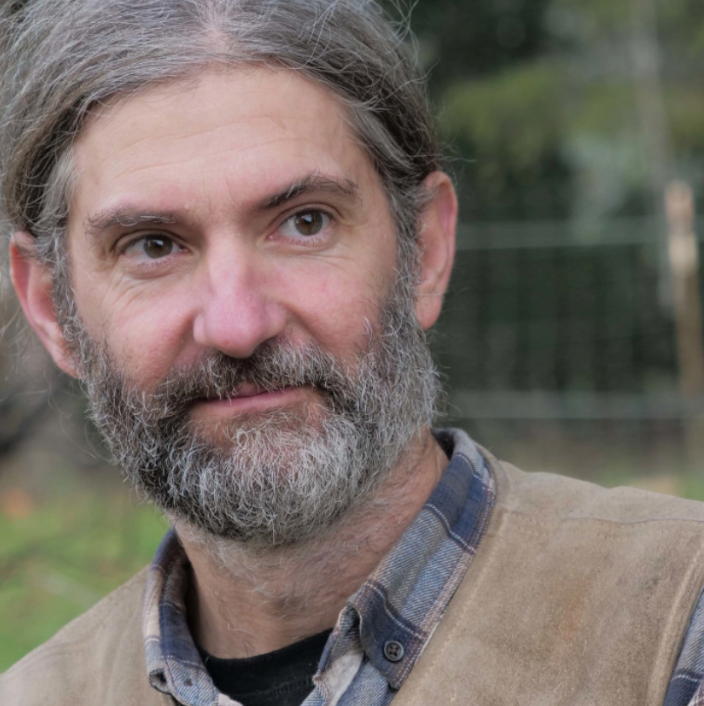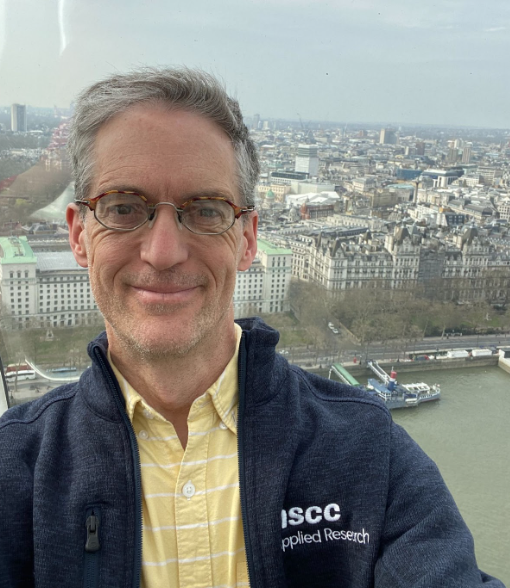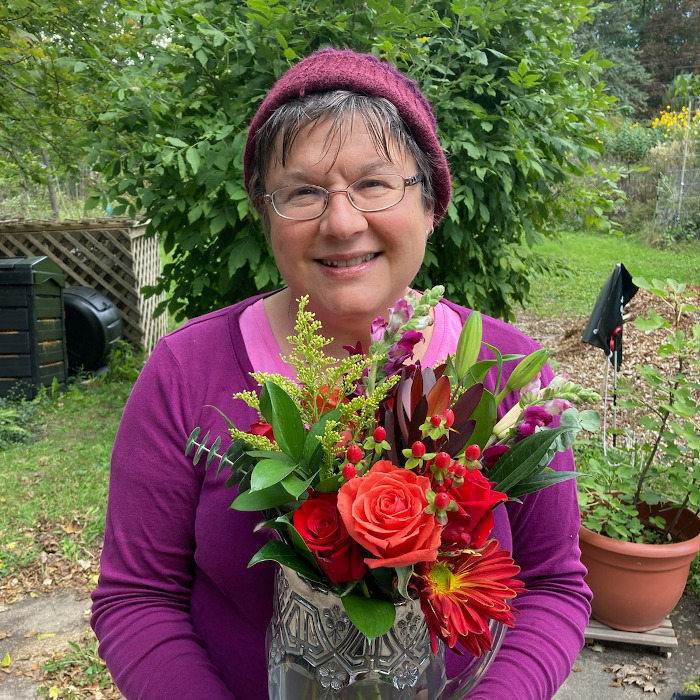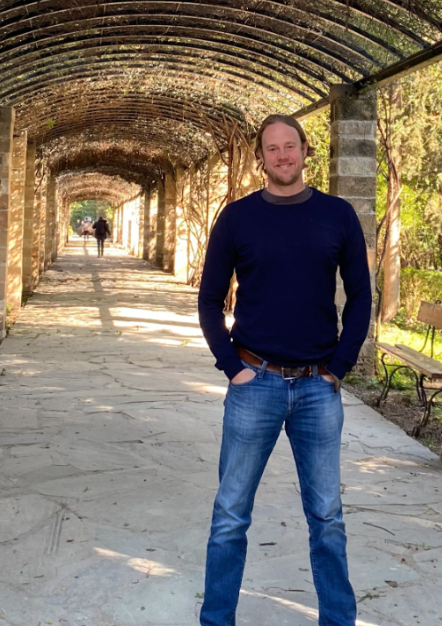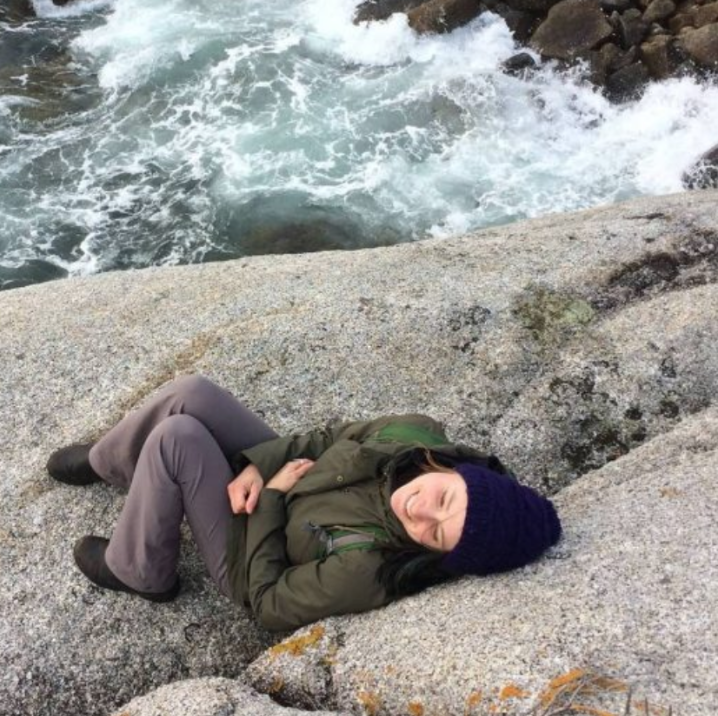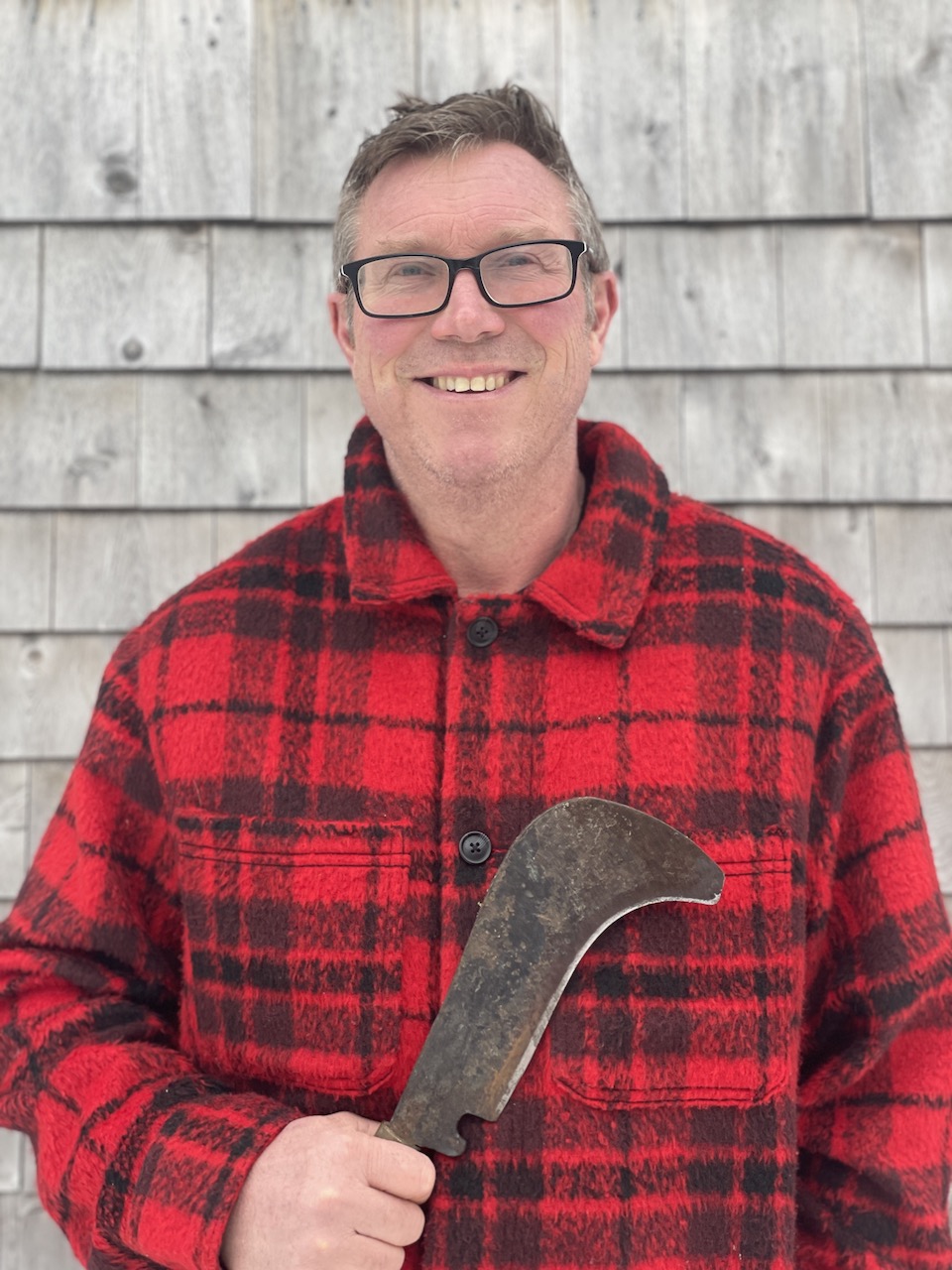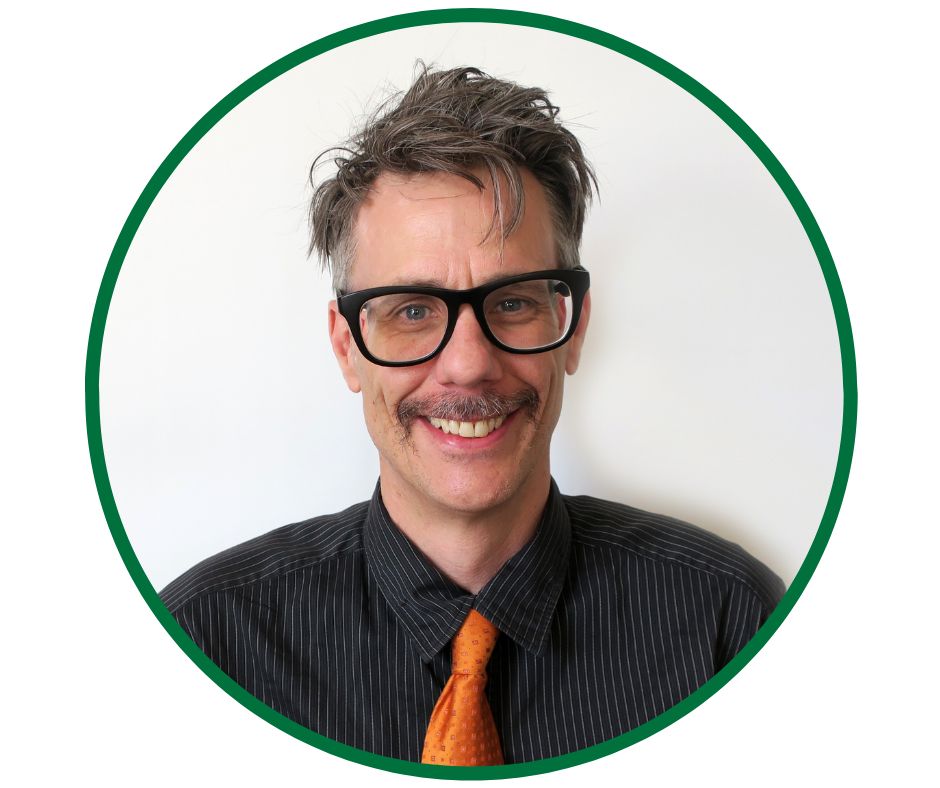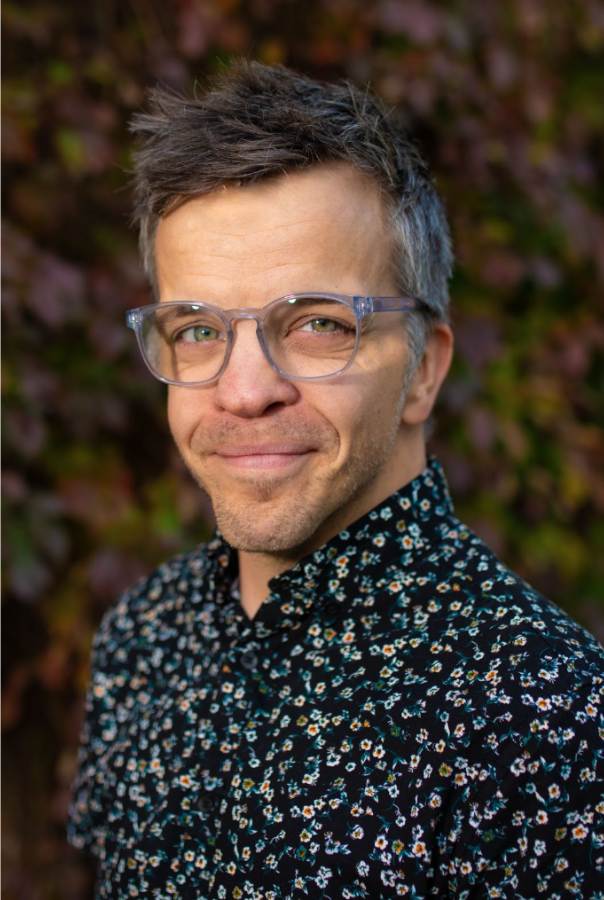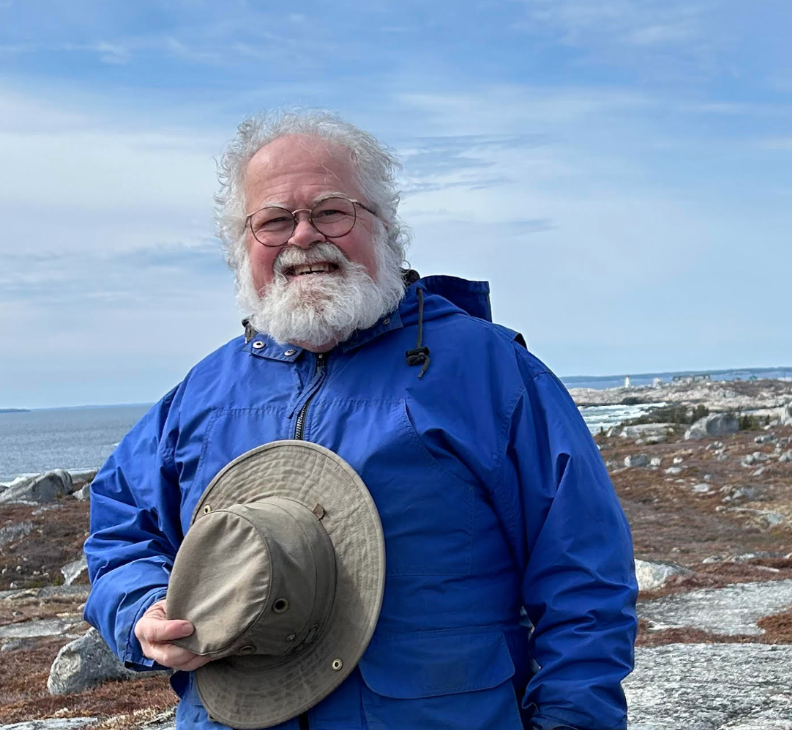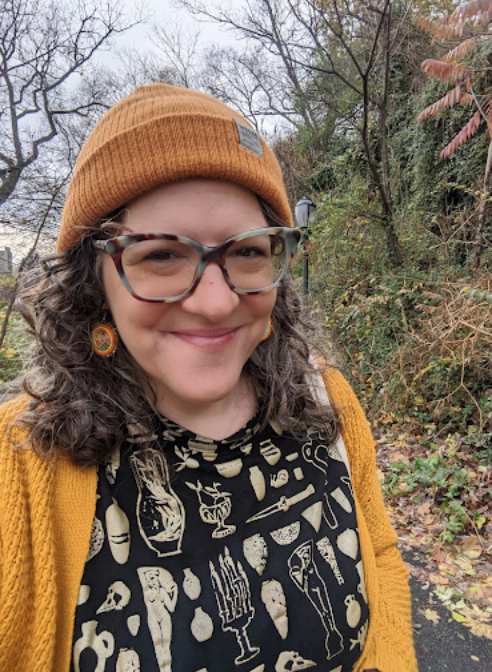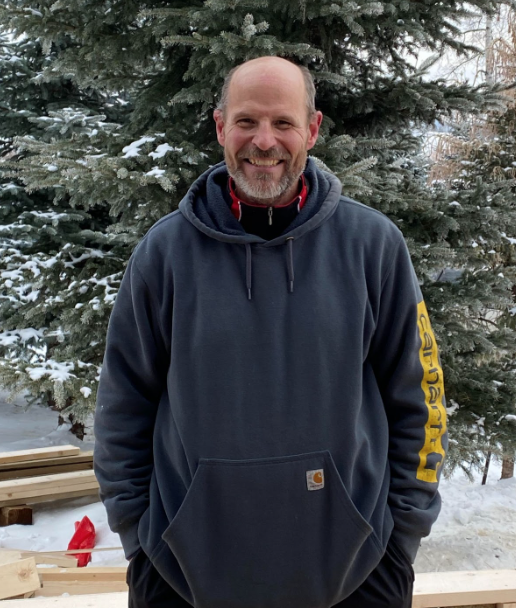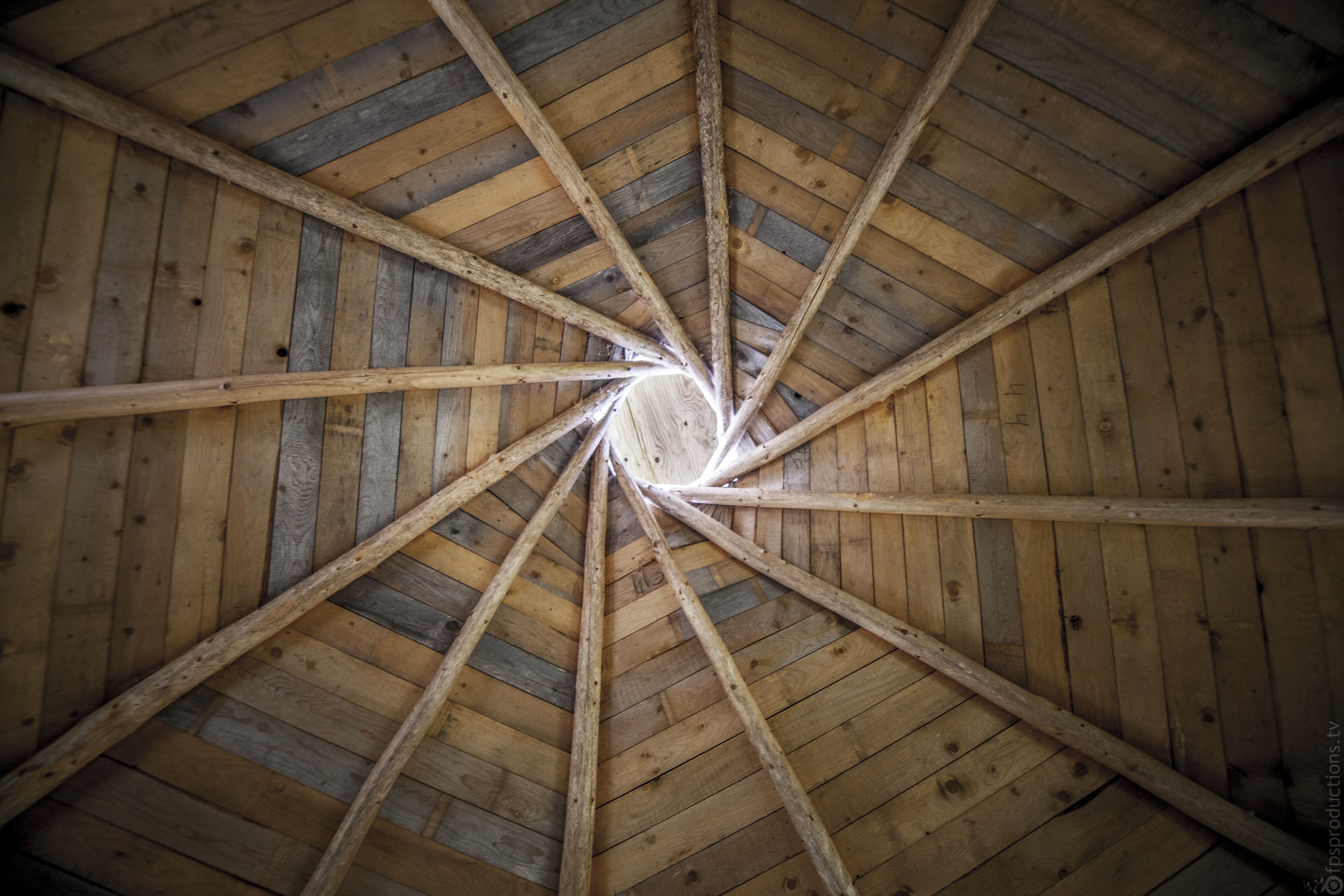natural building
east
On the Shores of Change
Housing Security, Disaster PReparedness, and a Low Carbon Future
CONFERENCE & WORKSHOPS
May 9 - 11, 2025
Friday Events in Halifax
Open to the Public
3:00pm - 4:00pm: Ecology Action Centre Tour, Fern Ln.
4:00pm - 5:00pm HABIT Studio Tour, Faulkland St.
5:00pm - 6:00pm: Dinner
- • Try out The Wooden Monkey, 1707 Grafton St.
6:00pm - 8:00pm: Biochar: Fire for Climate Action
- • Kathleen Draper, School of Architecture, 5190 Spring Garden Rd.
- followed by reception & networking inside the School.
Saturday & Sunday Schedule
(Click each Image to enlarge)


Keynote Presentation
Rooted Resilience : Natural Materials and Climate-Adaptive Design
Lorrie Rand, HABIT Studio
As climate change intensifies, the building industry faces a dual challenge: reducing its carbon footprint while increasing resilience to extreme weather. This session explores the transformative potential of plant-based building materials as a solution to these issues, for both new construction and retrofits.
Beyond mitigation, plant-based materials offer adaptive benefits critical to climate resilience. Their natural thermal and moisture-regulating properties enhance indoor comfort, reduce energy demands during heatwaves or cold snaps, and help prevent mold growth in increasingly humid environments. Many of these materials also exhibit impressive fire resistance and can be regrown quickly, potentially enabling rapid and regenerative rebuilding after climate-related disasters.
Attendees will gain an understanding of how natural materials can contribute to both low-carbon construction and climate-adaptive design, supported by case studies and practical implementation strategies. This session will equip you with actionable insights into how plant-based solutions can shape the future of resilient, regenerative building.
Lorrie Rand is the co-founder of Habit Studio, an award-winning architectural design practice, specializing in sustainable renovations and custom Passive Houses. She is also Co-Founder and Senior Advisor of the Recover Initiative, a non-profit Deep Retrofit Accelerator focused on developing and scaling deep retrofit solutions in Atlantic Canada.
Keynote Presentation
The Promise of Biochar: Dwelling on drawdown
Kathleen Draper, Finger Lakes Biochar
Turning dwellings from GHGs sources into c-sink sanctuaries is eminently achievable today. Doing so may require more research than more commonly built homes as new carbon sequestering materials are emerging rapidly. It may also take some concerted effort in persuading local contractors to use unfamiliar materials. One such home was built in the Finger Lakes during Covid with the primary aim of significantly replacing common building materials with high embodied carbon with those that are climate friendly such as strawbales, reclaimed wood, locally harvested wood, Nexcem blocks and biochar. Built with Passive House and Passive Solar principals, this home was built as an age-in-place, non-toxic demonstration that carbon sequestering residences can be built cost-effectively.
The Sessions
~ Saturday ~
"Waste" into Wonder – Biochar and the Circular Economy
Anneke Santilli
A look at how something as simple as waste can become a powerful tool for fighting climate change and revitalizing our soils.
Using innovative pyrolysis reactors, we can transform everyday organic waste into biochar, creating a clean, sustainable loop that reduces emissions and gives waste a second life. This is more than recycling—it's building a circular economy that benefits the planet, our communities, and the products we use daily.
We’ll walk through the basics of the pyrolysis process and show how the resulting biochar can store carbon for centuries, boost soil health, and even find its way into packaging, construction materials, and textiles.
Whether you're new to biochar or curious about clean technologies, this session will highlight how small-scale action and smart design can have a big impact—from the ground up.
Let’s reimagine waste not as a problem, but as a powerful solution.
Transition Initiative Insights for Sustainable, Equitable, and Genuinely Affordable Housing
David Wimberly & Dawn Suzette Smith
Join us to learn more about the International Transition Town movement in a dynamic Q & A presentation, starting with Dawn and David and then including all participants
1. What is the international Transition Town movement, and how is it relevant today?
2. Insights on building Outside the Box!
3. Insights on creating buildings that are conducive to a resilient, supportive, secure future, especially in these shockingly uncertain times
You might be surprised and inspired by our insights into more innovative, affordable, attainable, rapid, & ecological ways of naturally increasing genuine progress in housing. Dawn and David helped coordinate several conferences on sustainable, innovative housing and numerous workshops and projects and since 1970 David has engaged with nature appropriate housing alternatives. Check out the wealth of information at: www.transitionbay.ca, particularly at the Projects links and Workshop Videos links.
Yurt Assembly: Hands-on workshop
Alex Cole
Alex from Little Foot Yurts will guide participants in setting up a 12ft coppice wood yurt, involving them in hands-on techniques using a draw knife and bill hook. Along the way, Alex will demonstrate how to create a green woodworking space. The workshop will also explore the value of harvesting regrowth from hardwood trees, highlighting the sustainable benefits of this practice.
Addressing Labour Gaps for a Net Zero Future
Chris Benjamin, Ecology Action CEntre
A new report from the Ecology Action Centre (EAC) shows massive opportunities for job creation in Nova Scotia’s skilled workforce to by making buildings more energy efficient. Building Nova Scotia’s Green Workforce: Addressing Labour Gaps for a Net-Zero Future looks at which jobs will be created by efforts to reach greenhouse gas (GHG) emissions targets in N.S., and how barriers to these jobs can be reduced.
To meet our legislated climate targets, Nova Scotia needs energy efficiency upgrades to hundreds of thousands of square metres of commercial buildings and more than 1,600 homes each year. To make that happen we need to train thousands more workers. It’s a huge opportunity for Nova Scotians in the skilled trades: thousands of opportunities for workers entering or already working in the skilled trades.
A 2019 EAC-commissioned green jobs report showed that transitioning to a net-zero economy – where we either emit no greenhouse gases or offset all emissions – would create 15,000 jobs per year in Nova Scotia. Building Nova Scotia's Green Workforce delves deeper into building efficiency, which job areas will see the most job growth, barriers for workers entering the skilled trades, and recommendations to improve diversity and education.
When it comes to energy efficiency, these jobs are helping to lower greenhouse gas pollution and emissions, but we have an aging workforce. Jobs in carpentry, HVAC, electrical work, and building finishing are in demand, and this demand will only grow. If we do this right, it can be a massive boost to our economy and provide job opportunities right here at home.
More than 35 per cent of people working in energy efficient retrofits are over the age of 55 years. According to the report, in five years NS could see 7,010 vacant carpenter positions and 4,292 vacant electrician positions. At the same time, there will be 11.1 per cent more a boost in HVAC sector jobs by 2031, increasing to 1,509.
Materials for Structure & Strength: Strawbale, Hemp, Flax
Kim Thompson, Mark LeLeivre
Join Mark LeLievre, President of Atlantic Hemp Company, to explore hemp’s transformative potential in sustainable construction. This session highlights hemp batt insulation as a high-performance, eco-friendly solution for natural building, alongside ongoing research into innovative hemp-based materials. Through advocacy and practical applications, Mark will showcase how hemp reduces environmental impact while fostering resilient, healthy communities. Learn about the science, benefits, and future of hemp in ecological design, and discover how Atlantic Hemp Company is leading the charge to reimagine construction with this versatile, renewable resource.
Two-Eyed Seeing & Collaborative Design
Joshua Stromberg, Zabrina Whitman
Co-presenters, Zabrina Whitman, Project Manager, and Joshua Stromberg, Project Architect will discuss the collaborative design and construction of the NSNWA Administration Office and Resiliency Centre—an innovative, culturally rooted facility guided by the “Two-Eyed Seeing” approach. This methodology brings together Indigenous and Western knowledge systems to create a space that reflects Mi’kmaq values while advancing sustainable architectural practices. Community engagement was central to the process, with elders, cultural leaders, and artists informing everything from the building’s layout to its symbolic design features, including a façade inspired by the Mi’kmaq ribbon skirt and the eight-pointed star.
Key sustainable design strategies will be discussed, including the building’s achievement of Net-Zero Operational Energy. The project features passive solar orientation, a super-insulated double-stud wall system, rooftop photovoltaic panels, and high-performance mechanical systems. Attention will also be given to water conservation strategies, stormwater management, and the preservation of site ecology, including forested land used for ceremonial spaces and healing trails. These approaches reflect the Mi’kmaq principle of Netukulimk—a balance between environmental stewardship and human well-being.
The presentation will also highlight wellness-driven programming and material choices, as well as lessons learned throughout the process. The centre incorporates smudging-ceremony support, biophilic design elements, natural materials like cedar, and culturally relevant amenities such as a teaching kitchen and children’s space. It offers a model for how community-led, culturally respectful architecture can support reconciliation, empowerment, and sustainability.
Building Your Tiny Home & a DIY Construction Journey
Matt Holzer, Andrew Crooks
Andrew will share some project examples from throughout his life as he honed his 'DIY' skills. Projects include a Tiny home on wheels, and multiple deep energy retrofit projects in single family homes. He will tie these project to the mission of the Halifax Tool Library of 'Providing Access to Tools & Empowering People to use them', providing an overview of the Tool Library and how it can support people in building greener.
Matt will share his experience of building a tiny home. When deciding on the journey of tiny home living there are several things a person needs to take into consideration from pre-construction to post-construction of the project. It will start with the location of your home, to design (aging in place, impact to nature), to finding a contractor, to permitting process, to adapting daily (construction life), to moving in. We are all on our own journey and need to make sure we have a safe structure we call home.
What Really Counts: Q&A with director Kent Martin
Kent Martin
What Really Counts, directed by Kent Martin, is a thought-provoking documentary that challenges the dominant economic narrative centred around the Gross Domestic Product (GDP), a statistic often deemed the most important in human history. The film argues that our global reliance on GDP and its demand for perpetual economic growth is driving humanity toward devastating outcomes, including war, poverty, extreme climate change, and mass extinctions—potentially even our own.
All participants in NBE are encouraged to watch this wonderful film before the event, and to share it widely after NBE. All are invited to the Saturday evening Q&A session with the film’s maker and producer, Kent Martin.
You can watch the documentary before the event here.
Rematriation at Tatamagouche Centre
Nanci Lee, Isaac Vallentin
Tatamagouche Centre is in a sacred process of Rematriating the Land with Women of First Light, an Indigenous Women's charity and United Church of Canada built on decades of Indigenous and settler journeying in Peace and Friendship, harm and repair. The Centre sits on a historical Mi'kmaw gathering site and has been a healing place for many communities. Simultaneously, the Centre is in the process of a large-scale energy retrofit for its 7 buildings, the oldest being from the mid 1800s. Its 15 acres border on two sides by the Waugh River and Tatamagouche Bay. Isaac Vallentin and Nanci Lee, present and past Executive Directors will share insights on settler sacred responsibilities, where TC is now and how to get engaged.
Limited Spots Available
Reserve your spot!
~ Sunday ~
Holistic Design & Disaster Preparedness: Re-Vision, Re-Build, Re-Generate
Charles Williams
Over the past decade, homes and communities have been destroyed by storms, wildfires, and floods. These events are part of a natural disturbance pattern that has moved into the realm of disaster. These disastrous events are rooted in climate change and ecosystem destruction. However, they are also rooted in poor planning, bad design, and outdated regulations. We can do better. We must do better. Join Charles Williams as we look at our current situation and where we go from here.
What does Co-Housing Have to do with Resilience?
Wayne Groszko
Co-housing is housing developed together by groups of 50 to 150 people who want to live near each other in private homes and share common resources. The land base, architectural form and building materials are determined by the community. The shared resources centre around a Common House where people can choose to eat meals together, and often include shared amenities such as garden spaces, a workshop, co-working office, playroom, etc. Treehouse Village, Atlantic Canada's first co-housing community, is now live after six years of development, design and construction. What can we learn so far from this effort? What worked well, what didn't work so well, and how does this model of living contribute to sustainability and resiliency?
Regenerative Landscape and Food Forest Garden Design
Patty Love
You're an eater planning or have completed a natural building project – woo hoo! Where will your food come from? And what will you plant around your building? According to Project Drawdown, 12 of the top 20 Summary of Solutions by Rank, are categorized as either Land Use or Food. The ethics, principles, and tools collectively sometimes called permaculture, also known as ecological design, provide us with solutions to integrate food production into our landscape management while also contributing to climate change mitigation. Learn nature-based strategies for creating a resilient system. In this workshop, we'll learn how to utilize regenerative/ecological design methods to feed ourselves while also creating beautiful edible landscapes, including food forest gardens, outdoor living areas, shady pockets, and traditional landscaping forms with an edible twist. We'll also view and discuss many real life examples of edible creativity!
Carbon Cure: Local Company's Journey to Reduce Global Concrete Emissions
Chris Weisenburger
The presentation will include discussion on CarbonCure's journey to operating internationally suppling a solution that includes software, hardware, IP licensing, and decision support. It will take about organizational change and process management, both its own and its customers. It will talk about some of the challenges behind it and still to go. The impact and complexities of carbon credits and investment financing will be discussed.
Citizen Science for Climate-Smart Coastal Living
Camilo M. Botero
As climate change intensifies, coastal communities face risks from sea level rise, erosion, and extreme weather. How can we make better decisions about where and how we build on the coast? One powerful answer lies in citizen science.
This presentation introduces the Eastern Shore Citizen Science Coastal Monitoring Network (ESCOM), a community-driven initiative that equips local residents of Nova Scotia's Eastern Shore to collect and analyze coastal and climate data. With support from Dalhousie University, ESCOM empowers community members to monitor beach profiles, vegetation, precipitation, wave activity, and pollution—creating a growing dataset that supports more informed, locally grounded decisions.
By linking community monitoring with risk governance and coastal management, this initiative represents a promising adaptation strategy. ESCOM is not only generating baseline data for understanding climate impacts, but also strengthening the collective capacity to respond to change. Local organizations, builders, and planners could access real-time, site-specific information to reduce vulnerability and make choices aligned with natural systems.
This presentation will explore how citizen science data can guide sustainable design and development along dynamic shorelines. It will also offer insights into how similar community-based models can be replicated in other regions facing climate uncertainty.
Knotweed Collaborations
Jenn MacLatchey
This talk will describe a project that was part of an artist residency and a PhD dissertation in which knotweed was explored as a potential collaborator in building liveable post-Anthropocene futures. Knotweed, a plant capable of breaking through pavement and so invasive that it resists most attempts at its eradication, is insistently abundant and inevitably present in the landscapes in which we live and work and seek to establish sustainable lives and communities. Rather than understanding knotweed as an adversary, this project sought to find the ways in which knotweed might provide “gifts” (Kimmerer, 2013) or be a resource.
Knotweed was used in attempts to make cordage and paper, to limited success using only handmade processes. While this project did not reach conclusive results about how to best make use of knotweed, it did lead to other discoveries about learning from plants—even invasive ones.
Earth Ship Tour
Pippa Creery & Robert Kloske
Pippa & Bob have built their home modelling the earthship structure, specifically earth berm tire house. They will be discussing the earthship process in a presentation and an off-site tour during Natural Building EAST.
Read more about their building process in this CBC article!
Housing First & Appropriate Technology
Eric Stotts
50 years ago, E.F. Schumacher wrote his influential book "Small is Beautiful: Economics as if People Mattered," in which he introduces the concept of "Intermediate," or "Appropriate Technology" and advocates for the development of locally-based workplaces initiatives and networks which may be funded, run and maintained by members of the local community to address myriad needs. He closed his book with these words:
"Everywhere people ask: 'what can I actually do?' The answer is as simple as it is disconcerting: we can, each of us, put our inner house in order. The guidance we need for this work cannot be found in science or technology, the value of which utterly depends on the ends they serve; but can still be found in the traditional wisdom of mankind."
Fast-forward to the present moment, and we find ourselves in the midst of multiple social, economic and ecological crises which call for urgent, meaningful action - one being the lack of dignified, attainable housing.
In this brief session, Eric Stotts of Stotts Architecture will present an on-going collaboration with community organizer Stephen Wilsack of Housing First!, Dalhousie Architecture Professor Austin Parsons, and Dalhousie Architecture graduate Mya Staubitzer to design build a tiny home prototype, and will discuss how a re-engagement and critical re-assessment of the lessons learned from "Small is Beautiful" is inspiring and driving our work.
The presentation of the Housing First! housing prototype will answer how the following four questions posed by Schumacher with regards to Appropriate Technology have influenced our approach to the project:
1.) What is the project's relevance to poverty?
2.) What is the project's relevance to the mental and spiritual health of humanity?
3.) What does the project do to living nature around us?
4.) What is the project's relevance to energy?
Additionally, several modern voices which help to contemporize and expand on Schumacher's ideas will be introduced, such as Jem Bendell, Daniel Schmachtenburger and Daniel Christian Wahl, and a bibliography of suggested readings will be provided
Presenter Bios
(click names to jump, or scroll down)
Lorrie Rand, CPHD, CPHT, Habit Studio
Lorrie Rand is the co-founder of Habit Studio, an award-winning architectural design practice, specializing in sustainable renovations and custom Passive Houses. She is also Co-Founder and Senior Advisor of the Recover Initiative, a non-profit Deep Retrofit Accelerator focused on developing and scaling deep retrofit solutions in Atlantic Canada.
Kathleen Draper, Finger Lakes Biochar
Co-author of BURN:Using Fire to Cool the Earth. Kathleen was the Board Chair of the International Biochar Initiative from 2019 - 2023 and was a Board member of the U.S. Biochar Initiative from 2017 - 2024.
Anneke Santilli, Marketing Specialist, RDA
Anneke Santilli contributes to the mission of RDA Atlantic Inc., supporting sustainable innovation through her work in marketing and product development, centered around biochar and pyrolysis applications. She is a founding member of Carbon Method Inc., a company focused on building the market and developing products in the emerging biochar sector. Her passion lies in working with creators and users alike to turn bold ideas into impactful, enduring brands.
Patty Love, Founder & Owner - Barefoot Ecological Design
Patty Love, has been working in the field of regenerative design since 2009 when she earned her first Permaculture Design Certification (PDC). She then studied food forest gardening until in 2011, she earned her second PDC and then became a Certified Permaculture Teacher in 2018
Alex Cole, Yurt Maker & Co-Owner - Little Foot Yurts
Driven by a passion for sustainable living and craftsmanship, Alex has dedicated himself to yurt building and education. Alongside crafting yurt frames, Alex manages tent installation and maintenance, and oversees stretch tent sales.
Chris Benjamin, Senior Energy Coordinator - Ecology Action Centre
Chris is a communications professional and experienced environmental campaigner with two decades of experience. He was the Sustainable City columnist for The Coast for 5 years and has also authored six books.
Camilo M. Botero, Associate Researcher - Dalhousie University
Camilo is an interdisciplinary researcher, with academic experience in engineering, law, and management. He has published in many scientific journals, but he feels equally proud of the short films, gameboards, and tourist guides he had also produced.
Andrew Crooks, Volunteer President - Halifax Tool Library
Andrew is the current volunteer president of the Halifax Tool Library and is deeply passionate about sharing tools and knowledge to empower people to build/repair/improve things in their lives.
Michael Batty, Natural Building Design Consultant
Michael (Mike) Batty (he/him) is a Natural Building Design Consultant with over 35 years of experience in architecture, construction administration and sustainable design. Blending traditional craftsmanship with cutting-edge ecological practices, he specializes in natural materials, passive solar design, and energy-efficient building systems that create functional, beautiful, and environmentally responsible spaces.
With a passion for hands-on innovation, Mike has designed resilient homes, community spaces, and off-grid solutions, always striving to harmonize structures with nature. He is especially known for his expertise in Rocket Mass Heaters (RMHs)—ultra-efficient, low-impact heating systems that redefine sustainable living.
Beyond design, Mike is a dedicated educator and mentor, leading workshops, consulting on natural building projects, and empowering client to embrace sustainable, self-sufficient living. Since earning his Permaculture Design Certificate (PDC) in 2018, he has collaborated with renowned instructor Charles Williams teaching natural building design and permaculture design courses, Mike has also worked along side organizations like The Deanery Project, bringing inspiring, practical, and forward-thinking solutions to those looking to build a better future.
Jenn MacLatchey - Artist, Academic, Kayak Instructor
Their art practice is process-based and focuses on engaging with waste and weeds as a way of focusing attention and care on the neglected and rejected in order to build more sustainable material relationships. More specifically, this has involved working to find creative uses for invasive plants such as knotweed, weaving with plastic marine debris, and exploring marine debris as artifacts of the present Anthropocene era.
Kent Martin - Unceasing Play Productions
Kent Martin has produced, directed, edited, photographed and written well over a hundred films and television series dealing with history, economics, the arts, the environment, spirituality and humour. These works have garnered twenty Genie and Gemini awards and nominations, six Donald Brittain Award nominations and two Canada Awards. A feature documentary, Westray, was short listed for an Academy Award.
Chris Weisenburger, General Counsel and Corporate Secretary - CarbonCure Technologies Inc.
In his role as General Counsel and Corporate Secretary Christian oversees the legal aspects of all business arrangements of CarbonCure and participates as a member of the leadership team. Joining the company near its inception in 2009, he has guided from a legal perspective each stage of the company’s growth. CarbonCure’s technologies have been installed in hundreds of concrete plants in dozens of countries, saved more than 500,000 tons of CO2 and been used in more than 8 million truckloads of concrete. CarbonCure is the winner of the $20M NRG COSIA Carbon XPRIZE and was inducted into the Cleantech 100 Hall of Fame and has sold tens of millions of dollars of carbon credits in voluntary markets.
Joshua Stromberg, Architect - Solterre Design
Josh is an Architect at Solterre Design where the work focuses on high-performance, environmentally responsible buildings. Blending practical problem-solving with a deep interest in how spaces feel and function for the people who use them he enjoys collaborating on smart, sustainable solutions that balance beauty, comfort, and craft. A lifelong learner, he remains curious about how architecture can enhance everyday life through thoughtful design.
Nanci Lee, Enviro-Poet
Nanci Lee (she/her) is a Syrian-Chinese poet, facilitator and wellness/personal trainer. Long a fan of The Deanery, Nanci deepened this connection while at Tatamagouche Centre and continues to be one of many in support their long, beautiful journey toward Land Rematriation. Nanci is a facilitator of governance, strategy and equity for organizations and is passionate about reparative land justice, community gardens and deep shifts in our relationship to food, home, land, each other.
Esther Fu, Research Associate - Dalhousie University, MBELab
Esther is an architectural researcher and designer. She holds a MArch degree from Dalhousie University and is currently a research associate at the Material Body Environmental Lab (MBEL) at the School of Architecture. She is passionate about building responsibly and employing the notion of circular economy in the build environment. In the past five years, she has invested in developing low carbon bio-based composite such as biochar concrete, flaxcrete and mycelium-based composite, as well as optimizing a workflow of design, material fabrication and construction.
In response to the climate crisis, architecture must transition from extractive to regenerative, low-carbon material systems. This session investigates the role of bio-based composites—such as biochar concrete, flaxcrete, and mycelium—in shaping sustainable and environmentally responsive design. Through project-based case studies, it examines material performance, fabrication methods, and the broader architectural implications of building with living or biodegradable components. The session challenges conventional paradigms by posing a provocative question: what if buildings could be grown, sequester carbon, and ultimately return to the earth?
David Wimberly, Transition Bay
David Wimberly – David is co-founder and Event and Outreach Coordinator of Transition Bay St Margarets, helping develop economic, energy, food, and ecological resilience on a community level. He works in helping other communities build Transition projects integrating local strengths and vision. David has been active for decades in waste/resource issues. In particular, he championed the pivotal role of managing organics as compost and of Zero Waste Strategies for genuine economic good, hosting an hour-long Eastlink TV show for three years on this topic.
Wayne Groszko
Wayne Groszko is a renewable energy researcher, professor, and consultant with 22 years of experience in the development of technology, systems, and policies for providing low-carbon electricity and mobility. He began this renewable energy journey at an off-grid land trust in New Brunswick, worked for 10 years with the Ecology Action Centre in Nova Scotia, and now runs an Applied Research team at the Nova Scotia Community College, in addition to teaching sustainable energy courses at Dalhousie University. Wayne's real passion is to explore the question of how to share tangible resources equitably for sustainability and resilience. In that area, his most recent achievements have been starting a non-profit organization focused on sharing electric vehicles (ev4u.ca), along with being a founding member of Treehouse Village Ecohousing (www.treehousevillage.ca), Atlantic Canada's first co-housing community.
Andy Horsnell
I have worked for over 30 years to help community-based enterprises be more sustainable and impactful. This includes 100s of social enterprises -- large and small, rural and urban, all over Canada and the US -- that are working hard to make their communities better, more equitable and resilient.
In addition to my own firm, I co-founded: Authenticity Consulting LLC, Common Good Solutions CIC, and Flourish Community Development Co-operative Ltd. I am a consulting associate at Horizons Community Development Associates, and the part-time executive director at the Centre for Local Prosperity. As a volunteer, I serve as board director of the Social Enterprise Council of Canada, treasurer of Just, Good Business, and was board president of the Centre for Local Prosperity.
When not consulting, my wife SJ and I run a small sheep farm in beautiful Kempt Shore, Nova Scotia.
Pippa Creery & Robert Kloske
Pippa & Bob have built their home modelling the earthship structure, specifically earth berm tire house. They will be discussing the earthship process in a presentation and an off-site tour during Natural Building EAST.
Read more about their building process in this CBC article!
Kim Fry
Kim Fry lives by the Atlantic ocean in Kjipuktuk/Halifax in Mi'kma'ki. She is a co-founder, board member and coordinator for Music Declares Emergency Canada which she helped her 19 year old musician daughter Brighid Fry (Housewife/Moscow Apartment) start up during Covid. Kim has worked on energy efficiency and climate and before her recent move Eastward, she lived in Tkaronto (Toronto) for 27 years where she was an elementary school teacher, union activist, climate justice activist, environmental campaigner, storyteller and music manager
Isaac Vallentin
Isaac Vallentin lives in Pictou, Nova Scotia, Mi'kma'ki. He is the director of the Tatamagouche Centre, a not-for-profit retreat, conference, and education centre; and editor of Folly House, a small poetry press. His other lives include touring musician, aspiring natural builder, designer, and parent.
Matt Holzer
Matt is a general contractor that came from a very diverse background of residential and commercial construction. From private builds, to multi family units with Habitat for Humanity And large scale commercial projects, Matt has created many projects across Canada and his reputation of patience and knowledge is immense. Matt will talk about his family’s journey to a tiny cabin.
Mark LeLievre, Atlantic Hemp Company
Mark LeLievre is an accomplished entrepreneur and the President of Atlantic Hemp Company, a Nova Scotia-based leader in sustainable hemp-based products. Passionate about ecological innovation, Mark champions hemp batt insulation and advocates for hemp’s role in sustainable construction. Through Atlantic Hemp Company, he drives research into diverse hemp building materials to reduce environmental impact and strengthen communities. At Natural Building East, Mark will share his expertise on hemp’s potential to transform natural building, drawing from his commitment to advancing hemp advocacy and innovative applications in the industry.
Kathleen Naylor & Jody Conrad
Kathleen and Jody live in Chester Grant, NS, where they have been living in a hybrid straw bale infill home since 2004. They worked with a general contractor familiar with straw bale and were supported and advised by Kim Thompson. They initially built a workshop (18x20) to get comfortable with the process and materials, then used straw and earthen plasters for the exterior first-story walls of their home. The highlight of the experience was gathering friends and family to participate in co-creating their living space.
Eric Stotts
Eric Stotts NSAA, AANB, RAIC, AIA, NCARB is a Halifax-based Architect and Principal of STOTTS ARCHITECTURE.
Eric has over 25 years of experience on a wide variety of educational, institutional, residential and commercial projects. He has a deep interest in the design and construction of sustainable, high-performing buildings. The practice’s recent work is largely focused on the design and construction of affordable housing, deep energy retrofits and several community initiatives serving the most vulnerable members of our community and fostering the development of local building networks.
Eric is deeply committed to ecologically-sound development practices and environmental stewardship. He formerly served on the Board of the Friends of the Blue Mountain - Birch Cove Lakes (BMBCL) and continues to advocate for the preservation of this - and other - ecologically rich areas that we are so fortunate to have accessible to us here in Nova Scotia.
Eric currently serves as an Adjunct Professor, thesis advisor and lecturer at the Dalhousie University School of Architecture, with a focus on Appropriate Technology, Regenerative Design, and Systems Thinking.
Eric also recognizes the importance of mentorship within the practice, and has hosted several Work-Term students from both NSCC and the Dalhousie School of Architecture.
Brand & web design by Wonder & Wilder




